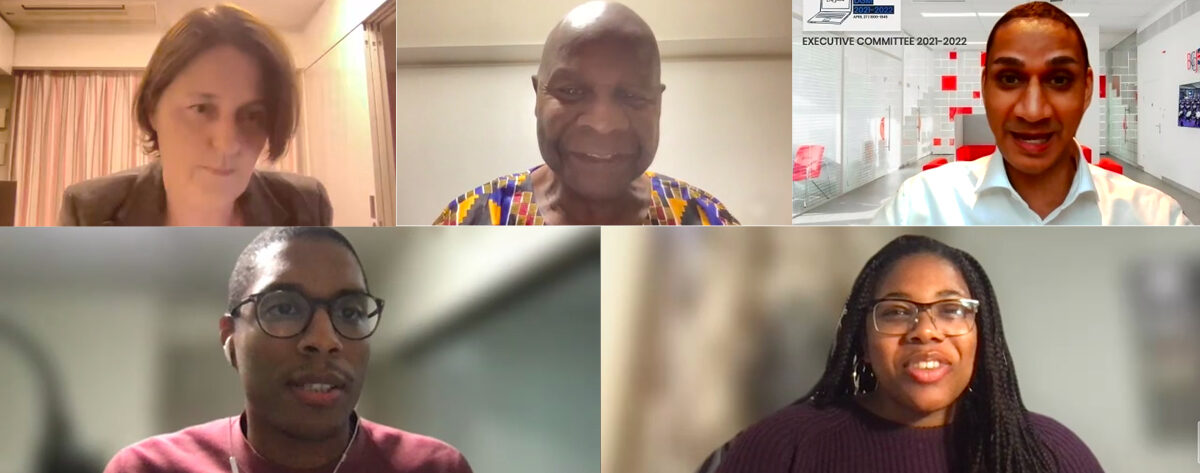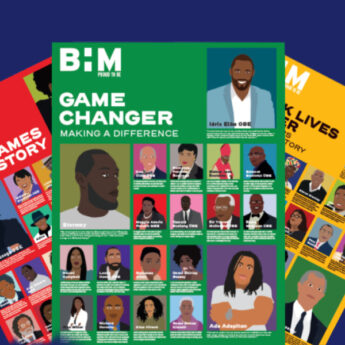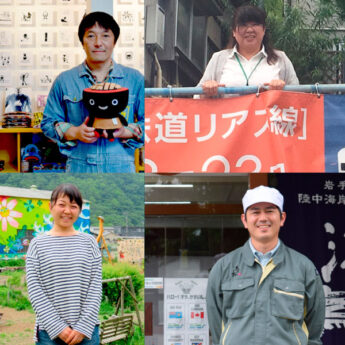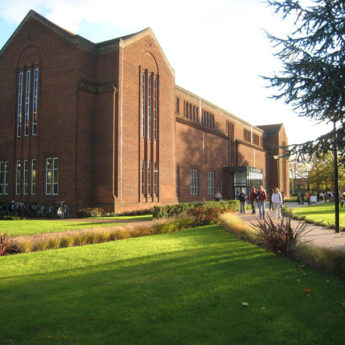This was the first year that the British Chamber of Commerce in Japan (BCCJ) celebrated Black History Month. To mark the important occasion—and the BCCJ’s dedication to diversity, equity and inclusion—the BCCJ co-hosted an event with the University of Oxford Japan office to discuss the significance of Black people’s contributions to society and business in the UK and Japan, and why inclusion is key for successful organisations in 2021 and beyond.
The event took place on 27 October and was introduced by Alison Beal, director of the University of Oxford Japan Office and vice president of the Executive Committee at the BCCJ.
The speakers consisted of University of Oxford PhD candidate in Japan Warren A. Stanislaus, former Oxford student Dr Louis Ntenda and Chimidi Okpalauko, a theology and religion student at Pembroke College and vice president of the Oxford African Caribbean Society (ACS). The event was moderated by a member of BCCJ’s Diversity, Equity and Inclusion (DEI) Taskforce and Excom, James Nepaulsingh.
Malcolm X
Nepaulsingh kicked off the event by asking Ntenda about how he managed to bring African American Muslim minister and human rights activist Malcolm X to talk at the Oxford Union in 1964. Ntenda began by explaining Malcolm X’s “frame of mind” when he visited. “Two events had happened in 1964: his visit to Mecca in April and September, and his travels through Africa from July to November. These events had a profound effect on his religion, his politics, his views on white people and race and his self-image”, explained Ntenda.
“He had completed his conversion from being a Black Muslim to embracing Sunni Islam. His politics changed as he was no longer exposed to a separate homeland for blacks in North America—he no longer saw whites as incorrigible racists. He thought he could share the same space because white America was capable of change. He also believed that the white youth of America would be the engines of change”. This belief and hope he seemingly placed in the white youth encouraged him to engage with future leaders.
“The president of the Oxford Union for Michaelmas (autumn) term in 1964 was Eric Abrams, a Jamaican Rhodes scholar. He was determined to get Malcolm X invited before he left office. So, that was why it was so rushed. I arrived in the first week of October and by November, everything was ready and the BBC had agreed to finance the project”.
Race equality
Okpalauko spoke about the steps Oxford is taking to create a more inclusive environment. She discussed her role in the new Race Equality Task Force at the institution.
“It’s an accumulation of students, stakeholders and staff at the university from different backgrounds. The task force aims to build a wider range of activities because, as some of you guys may be aware, Oxford is a collegiate system. So, colleges do their own thing, and the university oversees it. Essentially, the Race Equality Task Force aims to bring more colleges together under the university and push forward for change.
Okpalauko explained how the last year has gone for the new organisation, and her role specifically. “We held open events, interviews and focus sessions to accumulate research that we could put forward to the council. I advise mainly on the student experience. We cover things such as undergraduate access, which is a big thing. Other divisions cover things such as staff diversity, which is an important thing which is often overlooked”, she explained.
Nepaulsingh asked Okpalauko about how she feels the Race Equality Task Force has done in its first year in action. “I think it’s been great so far, and it’s a great step in the right direction. We are now acknowledging the fact that there are different experiences at Oxford and some experiences are harder than others. So, I think the Race Equality Taskforce has been great at pushing for that. It has also been highlighting things that we overlook—one thing that has been overlooked is staff diversity. Having that on the agenda is important”.
Afro-Japanese studies
British academic and researcher, Warren A. Stanislaus, is an alumnus of the International Christian University in Tokyo, and currently a PhD candidate at the University of Oxford. He previously gained a Master of Philosophy (MPhil) in Japanese from the University of Oxford’s Nissan Institute of Japanese Studies, before returning to Japan and working at the British Council’s Tokyo office for a year. Stanislaus was also a researcher at the Asia Pacific Institute of Research, a Tokyo-based think tank
Nepaulsingh asked Stanislaus about a course he set up at Rikkyo University’s Global Liberal Arts Program that examines the past, present and future of Afro-Japanese encounters. He began by explaining that, when he first started teaching at Rikkyo University, he asked his students their impressions of Black encounters and what comes to mind. He explained that many of the responses were, for example, the famous tennis player Naomi Osaka, and the Black Lives Matter protests because there were some in Tokyo.
“They were quite consistently coming up with themes that were centred on the present-day—present-day individuals, events, or issues of racism and tension between Black people and Japan.
“I think that is one of the reasons why I set up this course. To show that there’s been a long history of Black and Japanese encounters, dating back to the 16th century with the African samurai, Yasuke. Throughout the 19th century, there was Commodore Matthew Perry and his black ships— he also had Black bodies that he brought on those ships as well. Going into the 20th century, famous African American intellectuals like W. E. B. Du Bois was talking about Japan, as a champion of the darker races.
“I mean, the middle of the 20th century, when you have the Black GI soldiers, living in Japan, marrying Japanese women. There are so many instances of connections.
“So, that is the main purpose of the course. To show all these things that have happened in the past, in the present, and to imagine what the future could look like”.







